In the Chinese digital landscape, Baidu SEO plays a pivotal role in achieving keyword rankings and organic traffic for websites in Baidu. Among the various factors influencing SEO performance, the optimization of website structure stands out as a critical element. This article delves into the significance of website structure optimization, offering insights and techniques to enhance keyword rankings and drive organic traffic.

The Importance of SEO for Keyword Rankings and Organic Traffic:
SEO is the cornerstone for websites seeking visibility and prominence in search engine results. It directly impacts the ranking of keywords, determining a website’s position in search results and, consequently, its visibility to potential users. Achieving high keyword rankings is essential for driving organic traffic, as users are more likely to visit websites appearing at the top of search results.
The Crucial Role of Website Structure Optimization in SEO
Website structure optimization emerges as a vital factor influencing SEO performance. A well-organized and streamlined website structure not only enhances user experience but also significantly impacts how search engines interpret and rank the site. The following techniques focus on optimizing website structure to maximize SEO benefits:
Strategic Directory Design for Website Structure
Crafting a clear and strategic directory structure is fundamental. It not only aids users in seamless navigation but also aligns with search engine algorithms, improving the site’s overall SEO performance.

Breadcrumb Navigation for User and Search Engine Understanding
Implementing breadcrumb navigation serves a dual purpose – it enhances user navigation by providing clear paths, and it aids search engines in comprehending the site’s hierarchy and relevance.
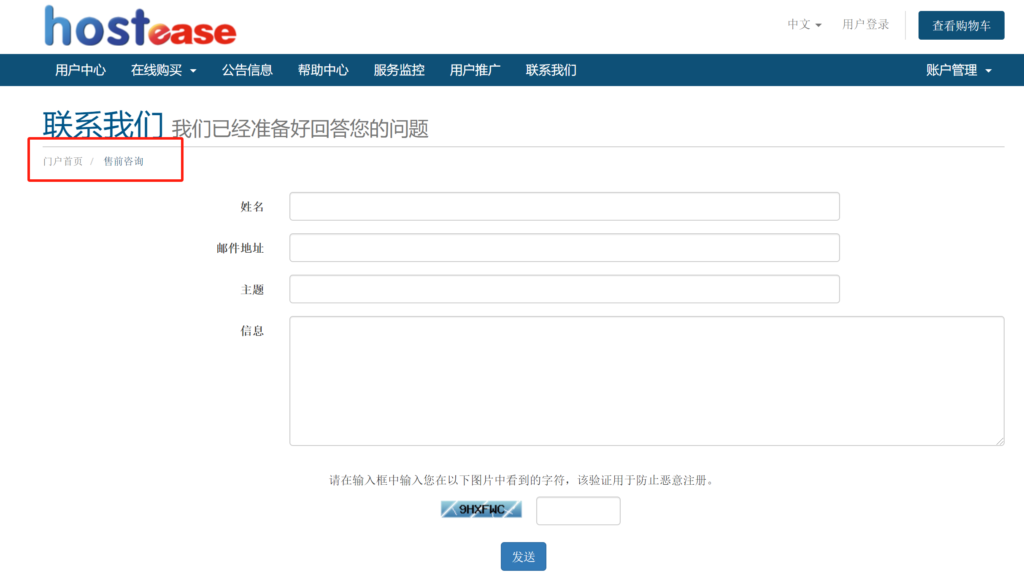
Internal Linking for Website Structure
Strategic internal linking between pages not only enriches user experience but also ensures that search engines discover and index relevant content, contributing to improved SEO rankings.
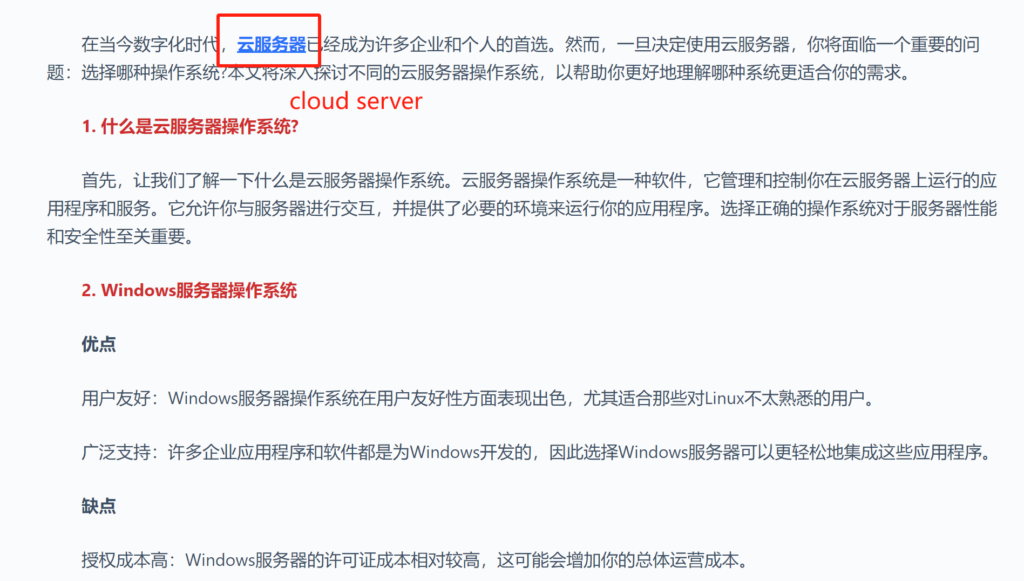
SEO-Friendly URL Structures:
Optimizing URL structures involves creating concise, keyword-rich URLs that are easily understandable by both users and search engines, reinforcing the site’s relevance in search results.
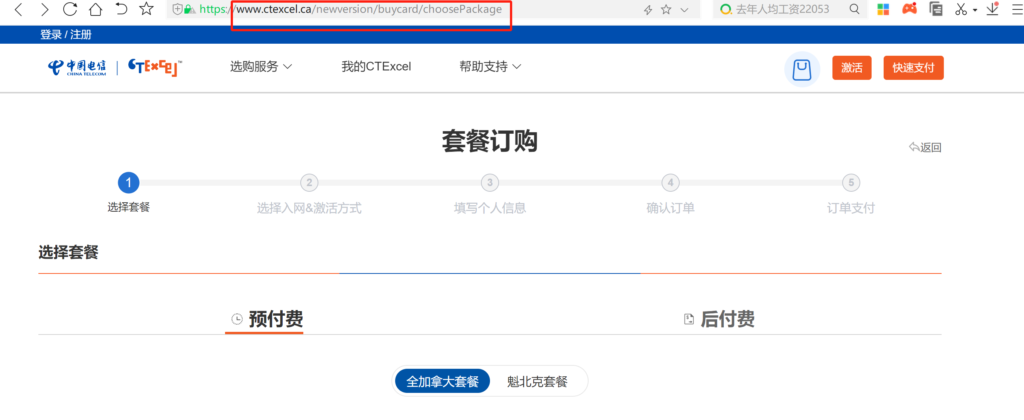
Sitemap Utilization
Both HTML and XML sitemaps are integral for SEO success. HTML sitemaps enhance user navigation, while XML sitemaps facilitate efficient search engine crawling and indexing.
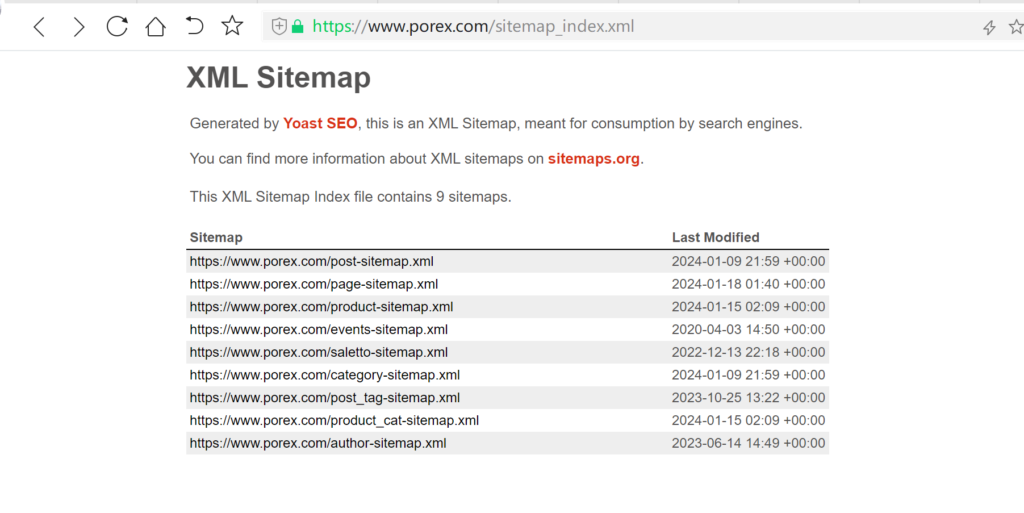
Responsive Design for Cross-Device Compatibility:
Adopting a responsive design ensures that the website adapts seamlessly to various devices, enhancing user experience and positively impacting SEO rankings, particularly in mobile searches.
Page Loading Speed Optimization
Page loading speed directly influences user satisfaction and search engine rankings. Optimizing loading times through techniques like file compression and content delivery network (CDN) usage is crucial for SEO success.
User-Friendly 404 Pages for Retention
Creating user-friendly 404 error pages contributes to user retention by guiding them back to relevant content, reducing bounce rates, and positively impacting SEO.
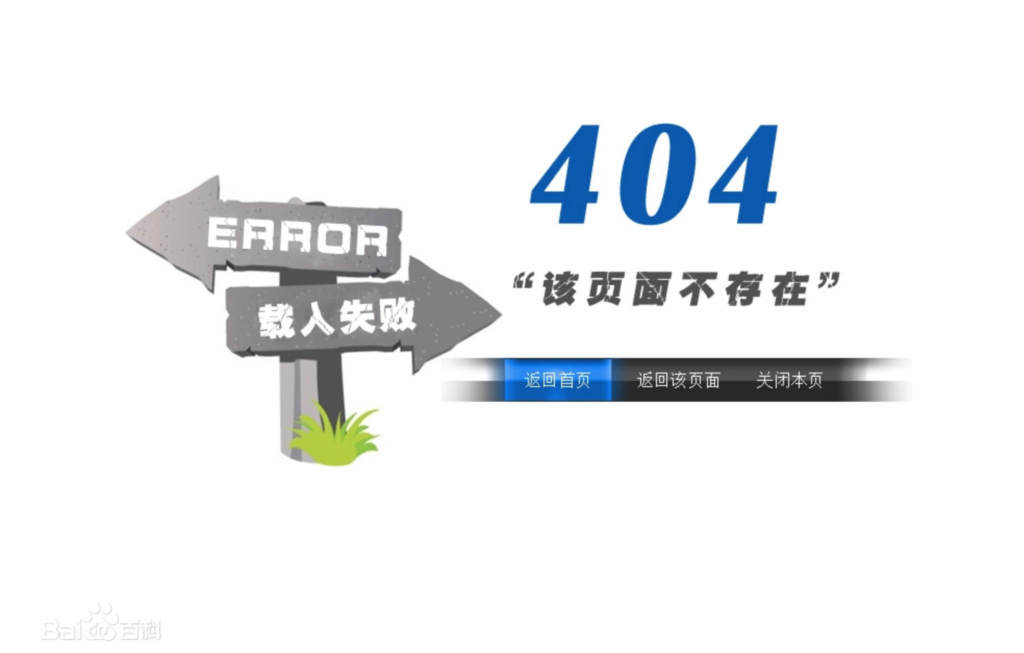
Social Sharing Integration for Website Structure
Incorporating social sharing features not only engages users but also amplifies the visibility of web content across social platforms, contributing to improved SEO.
Continuous Monitoring and Iterative Optimization
Website administrators must adopt a proactive approach by continuously monitoring SEO performance, user feedback, and data analytics. Iterative optimization ensures sustained improvements in keyword rankings and organic traffic.
In conclusion, website structure is paramount for achieving keyword rankings and driving natural traffic in SEO. By implementing these SEO-focused website structure optimization techniques, website administrators can enhance their site’s visibility, user experience, and overall SEO performance. This strategic approach ensures sustained success in the competitive Chinese online landscape, aligning websites with search engine algorithms and user expectations.
